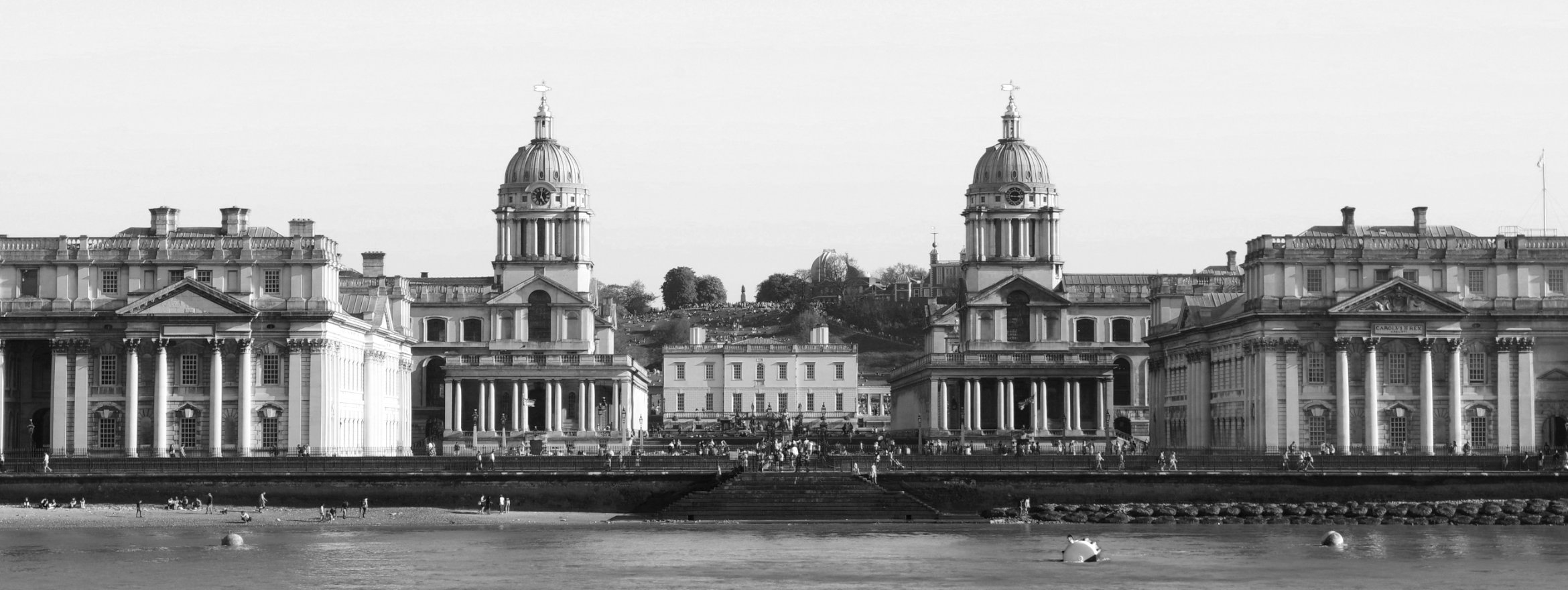Cultural Perspectives • 10 Mar 2019
Putting Time on the Map
The Question of Universal Standardisation
Time and time again, the concept of measuring time has proven to be a slippery concept. Philosophers, scientists and avid horologists have long struggled with the epistemology of what it means to measure the time, its construction and make-up, its ideological and practical meaning.

Minding the Gap in Time
Time standardisation emerged alongside new industrial technologies in the late nineteenth century, with the advent of Greenwich Mean Time the product of the British Railway’s transportations needs. However, the history of time quantification cannot be boiled down to boiler, nor the existential angst of a philosophical movement. It is, after all, affected and constructed by all the cultural milieu of its definers – us humans – which seems itself rather immeasurable.
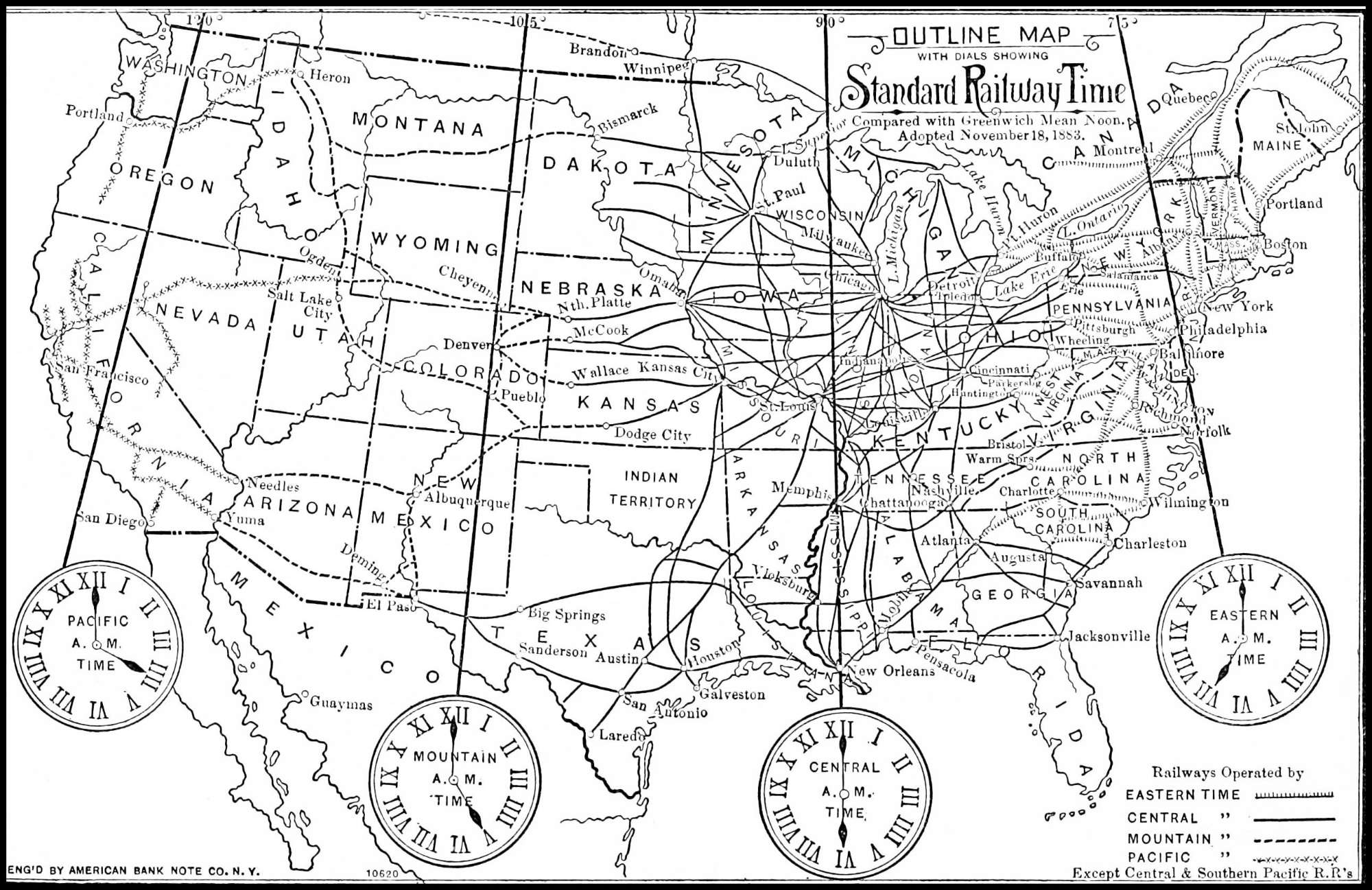
It is perhaps rather ironic then that the time from which we tell all others is universally standard. Is this the pragmatic, uniting factor which ties us all together? Or, is it rather inaccurate to both the geographic scale of our world, as well as our current technological capabilities?
Is our universality uniting us, or limiting us?
The World in Your Pocket
Portable watches first emerged at the tail-end of the Renaissance alongside a renewed emphasis on the self-fashioned individual. For the first time, gentlemen (and it largely was men of the upper nobility class) could possess the time. The accurate keeping of time and its capacity to be aesthetic thus became inextricably linked with status. This new ability to ‘possess’ time is not to be underestimated in its effects.

Access to, and control of the time meant an individual possessed social and political power. But it also affected the temporal layout of theatre and literature, with the often non-standardised, non-linear quest tales of the Middle Ages giving way to more realistic timeframes. With this in mind, it is significant that heavy industry was the catalyst behind nineteenth century time standardisation. Its influence reflects a significant shift in socio-political power relations; time was no longer reserved only for the pockets of a small number of elites. Sure, the public had access to the time for centuries thanks to sundials and clocktowers but it wasn’t until the advent of the train that we started to see a democratisation of personal timekeeping devices.

Time standardisation, therefore, owes its existence to capitalist, industrial endeavours – a relationship that has had obvious advantages, but also disadvantages. The system of time standardisation – globally recognised by the twentieth century – inextricably linked time with longitude. ‘Time zones,’ spanning out from Greenwich Park in the United Kingdom, united the globe under one universal system. This did a lot in the way of globalising markets, peoples and services. It also made geographical distinctions arguably more important when telling the time, which has had varying effects on time accuracy and precision in different parts of the world.

Space Race
Again, accuracy as a measure of quality is not new in the timekeeping world. “Chronometer competitions,” seeking the most accurate of timepieces, popped up all over Europe shortly after standardised time zones. These competitions, held at astronomical observatories, brought together all factors increasingly prized in modernity: standardisation, universality, and scientific rigour. They made different timepieces relative to each other in terms of quality, just as time standardisation had made the time of day in different regions of the world relative to others.

Held in prominent locations throughout Europe, chronometer competitions made certain watches stand out, and certain locations stand out in turn. Production hubs for quality chronometers were identified in the now famous watchmaking Swiss regions of Saint-Imier and the Vallee de Joux, as well as the French city of Besançon.
For Europe to be the powerhouse of modern time-telling, therefore, makes sense, especially considering that its colonial exploits made it near on impossible for anything else to be the case.
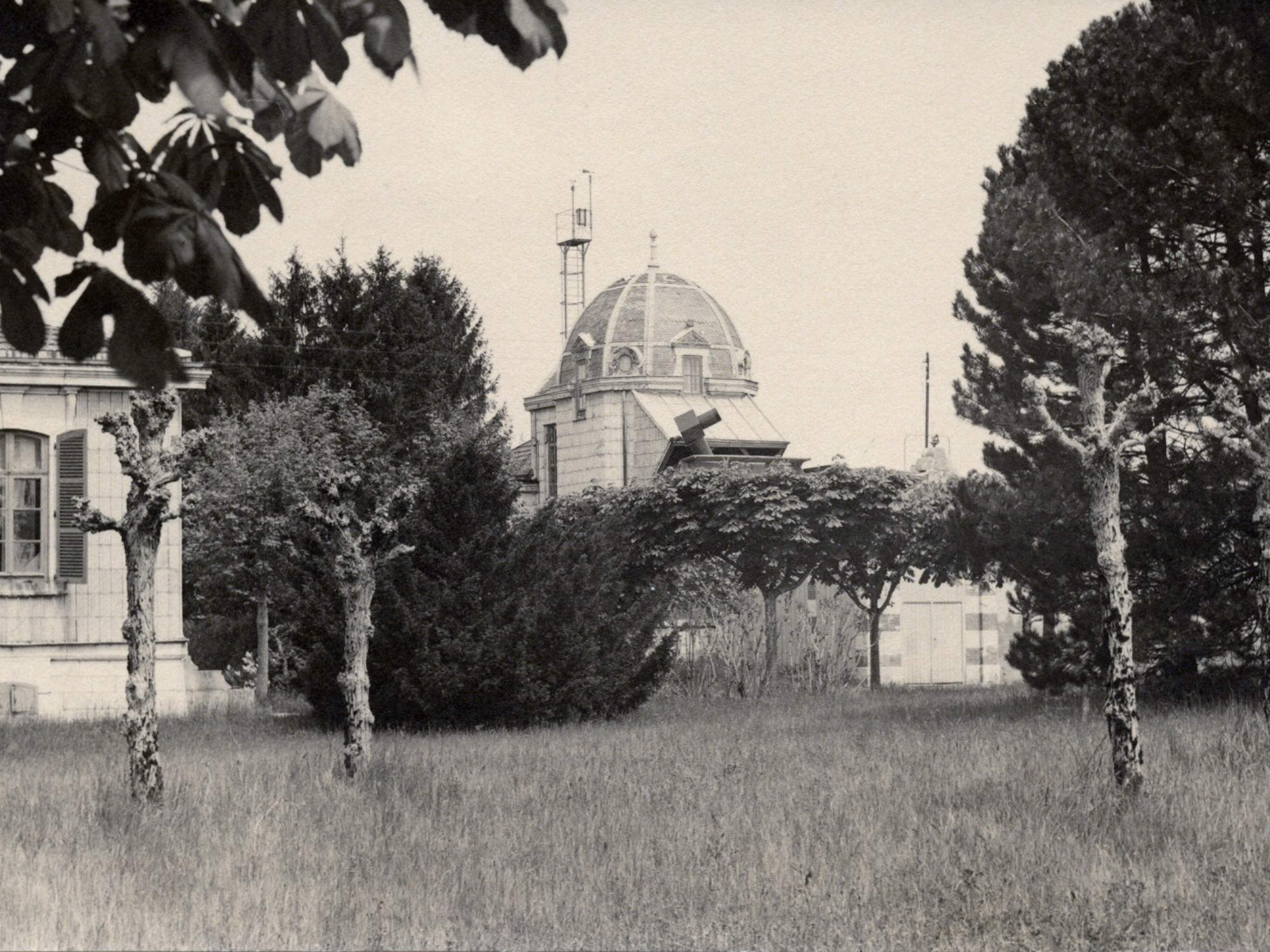
Across the Pond
Modern scientific capabilities are now testing the limits of the European powerhouses of accuracy, as well as the Greenwich Mean Time itself. Scientists in France – the runners-up in the zero-degree meridian line bid (Paris Mean Time) – have proposed that atomic clocks become the basis of worldwide time.
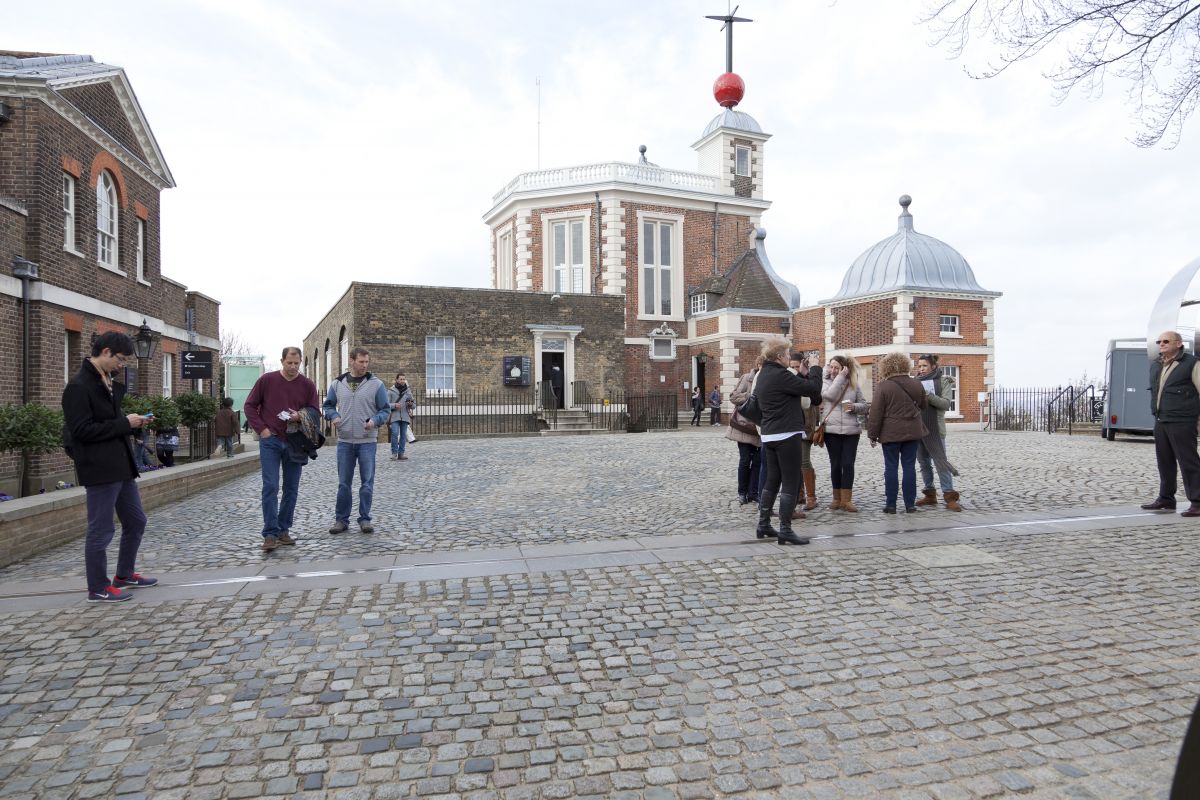
This system would negate the sun’s journey around the meridian line in Greenwich Park, and utilise highly accurate atomic clocks – ironically invented in Britain. Put simply, atomic clocks are regulated by the minute oscillations of atoms, and are currently the most precise timekeeping devices we have. Adjusted every year, this precision and accuracy has reached the level where scientists have been able to detect gravitational waves – faint ripples in the fabric of space-time.

Unfortunately, the minute-scale, laser precision of this technology does not have the same fun, cheesy photo opportunity as the meridian line of Greenwich Park. What it perhaps lacks in accessibility though, it makes up for in geographical equity. Used to program technology such as GPS, atomic clock technology circumvents many of the geographical inaccuracies borne out of the Euro-centric focus of colonial-era Europe. For example, we now know that China should, in fact, have five time zones instead of one.
Ticking atomic time (bomb?)

An amendment to the GMT system in the 1970s saw it incorporate atomic technology in an attempt to band-aid the inaccuracies stemming from the variation of the Earth’s rotation from year to year. Adding ‘leap seconds’ was an attempt to compensate for this yearly difference in time. But, adding these leap seconds comes with the risk of small mistakes, which could be potentially disastrous. It is because of these risks that timekeeping organisations and horology fanatics alike are calling for worldwide time to be wholly based on atomic clocks, rather than the current hybrid system.
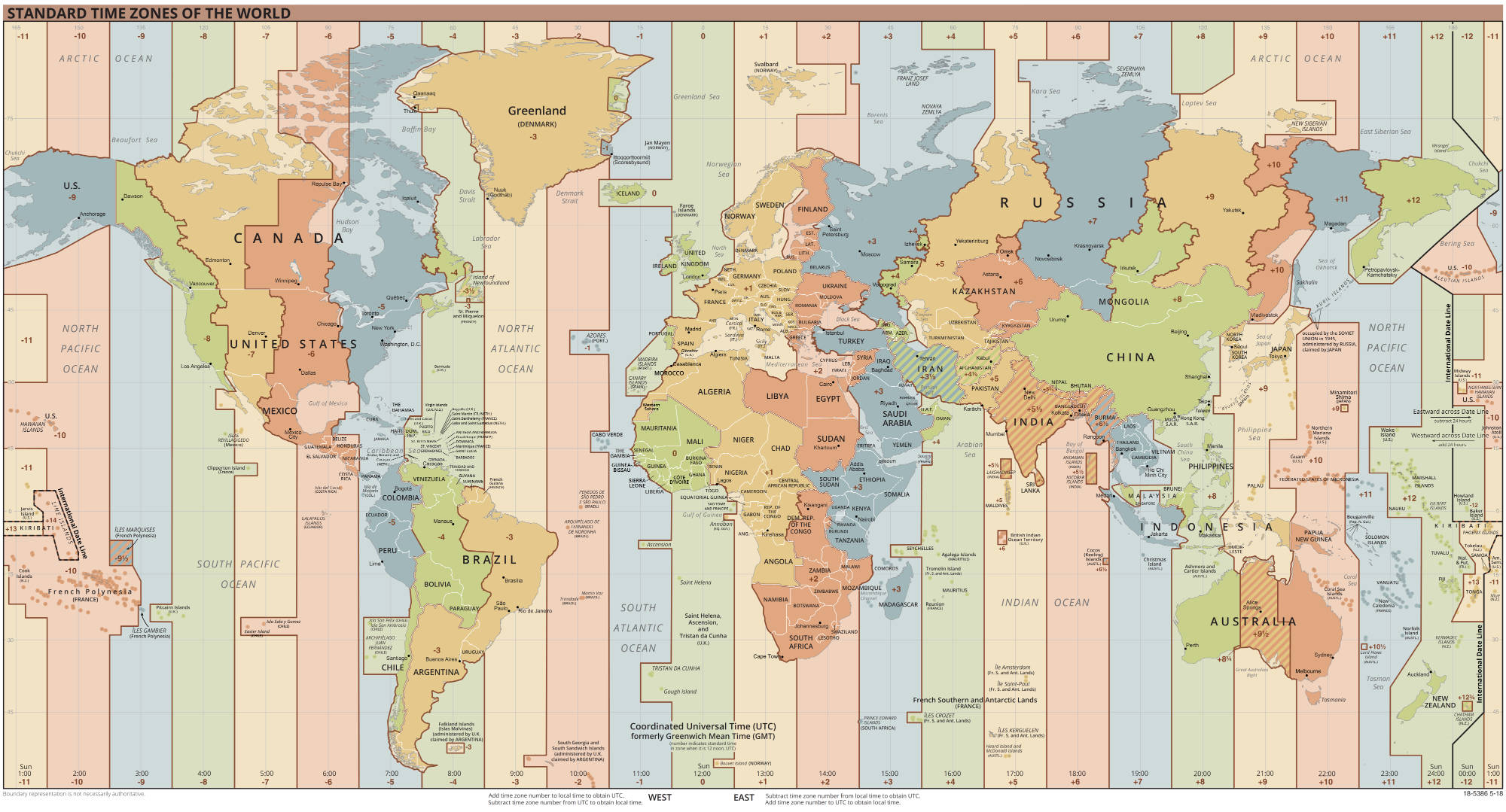
The Bottom Line
The desire to update our accuracy to current capability is hardly a new trend, as evidenced by the history of pocket chronometers, of observatories, of time standardisation. Yet, the social, economic and political considerations of changing a time system that has largely operated without error for the past 150 years are not to be taken lightly. These momentous considerations make any imminent change unlikely, so you can take cheesy, Greenwich Park photos to your heart’s content for the time being.



